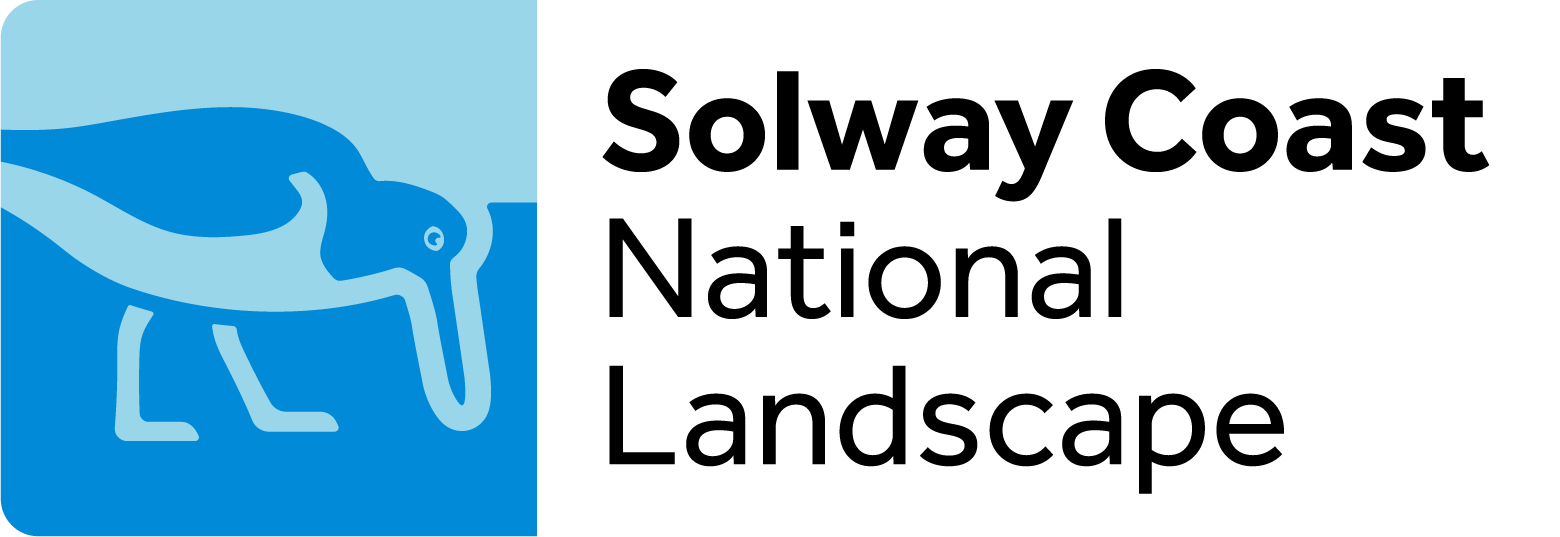Marine and seashore
The sand and mud of the Solway Coast Area of Outstanding Natural Beauty hides a fantastic array of plants and animals that can easily be overlooked.
Under the rippled sand lies a whole world of life, from small animals such as crabs and worms to the larger shellfish like the razor shell, or the tiny Baltic tellin – a bi-valve shellfish, so called because it has two shells to protect it.
All of these creatures are just above the bottom of the food chain and they live on the primary producers such as plants and organic detritus. The millions of birds and fish that use the Solway, either on migration or as residents, in turn, eat these animals.
The estuary is governed by the daily ebb and flow of the tide, and all of the plants and animals respond to this in a multitude of ways. There are the spectacular flights of wintering wading birds, porpoises chasing shoals of fish, and even the traditional haaf net fishermen who use the tides to catch salmon and sea trout.
The sand and mud flats are the engine room from which all other life around the estuary is dependent. They are such important habitats that they all covered under national, European and global nature conservation designations.
The Solway Coast does have some unusual things to look out for. Allonby Bay is a Marine Conservation Zone and an area near Dubmill Point is a key habitat for the honeycomb worm reef. The reef is made of millions of worms, which form tubes from tiny grains of sand and shell, which grow side-by-side to form a living reef. This is one of the most extensive and best examples of honeycomb worm reefs in the UK.
Living and rocky reef habitats also support a wealth of species from sponges, crabs, lobsters and anemones to an array of seaweeds. Sub-tidal sand and gravel habitats are important spawning and nursery grounds for plaice, skate and thornback rays.
Brown algae, or phaeophyceae, is something to look out for if you have a good magnifying lens. Stony shores and artificial constructions such as breakwaters and harbour walls make excellent homes.
Then there’s channelled wrack seaweed, or pelvetia canaliculata, which grows at the top of our shores. As you head seaward, there’s flat wrack, bladder wrack and knotted wrack.
The Solway Coast is an amazing place to explore – and learn more about marine life.





